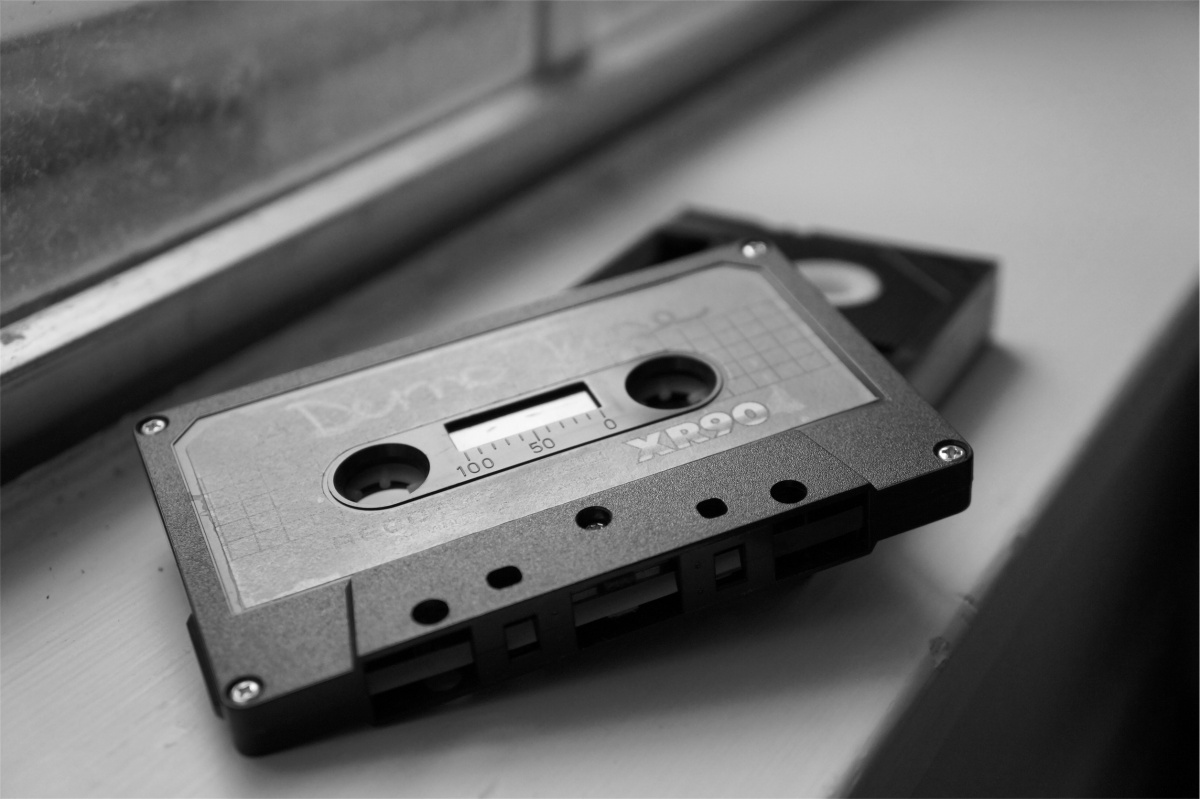Curating exhibitions has often been a one-dimensional endeavor. Here, the curator Basak Senova suggests an approach that prioritizes constant feedback between artists and audience, as well as improvisation.
In the light of spatial, social, economic, health, and climate-related urgencies, I started developing the CrossSections project in 2017, taking into consideration multiple questions regarding curatorial techniques in exhibition making. CrossSections is a collective interdisciplinary platform reflecting on artistic research, dialogs, and production. Between 2017 and 2019, through my curatorship, 19 artists and nine institutions shared their realities, conditions, and strategies through residencies, educational programs, exhibitions, performances, and book launches in Vienna, Helsinki, and Stockholm. The project devised a specific model of exhibition making by mapping and manifesting diverse artistic methodologies and models of collaborative engagement and commitment, under constantly evolving conditions and terms.
Constant Feedback
In the course of the project, a set of exhibitions arose through sketches of ideas, questions, and experiments; the project spontaneously absorbed all that emerged. For me, it was a discursive act. I accommodated and supplied a range of artistic research findings, methods, and activities by using the exhibitions as a space for feedback. Each exhibition and activity traced the form and the process of the previous ones, generating a flow and connection between them. This design allowed for overlapping experiments and dialogs between the works through both cross and parallel references. Content migrated between exhibitions.
By taking all possible approaches detected in the artists’ working processes – with their similarities and divergences – CrossSections aimed to communicate not just the end result, but also the potentials of the research as the artwork. Since I understand exhibition making as a process of «designing the perception of the audience», audiences’ feedback and responses played an important role in shaping the presentation of the exhibitions.
A model of exhibition making was collaboratively constructed, while process- and condition-based conversations took place among the artists, the curator, the institutions, the works, and the audience. Each exhibition started with my designed plan, which could be collaboratively alterated in situ to create spatial efficiency, navigation routes, and views with different perspectives among the works. The works in the exhibitions were not sequential, but rather scattered.
Welcoming Spontaneity
The curation was based on drawing connections in the space based on content and form. While setting up the exhibitions, I welcomed spontaneous collective decisions and interventions. In this way, the audience could later navigate effortlessly through the diverse content and media in each exhibition. For instance, Egyptian artist Heba Y. Amin detected and highlighted techno-utopian visions that have been reinforced by the conflicts over, and dictatorial policies regarding, oil, resources, and power in Europe, the Middle East, and Africa. Benji Boyadgian, from Jerusalem, reflected on the memory value of an obscure ancient Roman aqueduct in Jerusalem, attempting to write the story of this second aqueduct through drawings and moving images. In parallel, through a dialogical collaboration with Behzad Khosravi Noori, he narrated and fictionalized archival material relating to three clock towers in Iran and Palestine, connecting them to colonial history, architecture, and Middle Eastern geopolitics.
The South African artist Bronwyn Lace captured, with time-lapse images, a colony of African carrion beetles feasting on the body of an owl in the basement of the Natural History Museum in Vienna. Manipulation of this footage resulted in a multimedia installation; a sound component, created collaboratively by South African composers and vocalists, meditated on the sounds of mourning. British artist Tamsin Snow, meanwhile, approached the recognition of after-death by combining sightings from artificial intelligence, synthetic biology, and cryogenics through CGI animations. CrossSections’ way of exhibition making articulated paths of artistic research and knowledge by giving an insight into the working methods of the artists and their work using different media. In this way, the exhibitions generated additional knowledge about the collaborative process behind the project.


